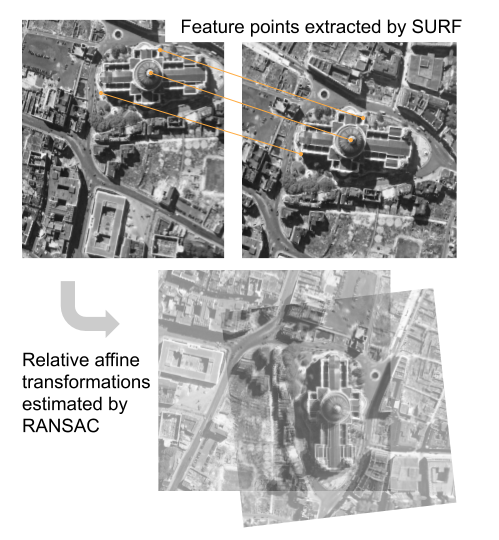Hierarchical Skills for Efficient Exploration
This is the source code release for the paper Hierarchical Skills for Efficient Exploration. It contains
- Code for pre-training and hierarchical learning with HSD-3
- Code for the baselines we compare to in the paper
Additionally, we provide pre-trained skill policies for the Walker and Humanoid robots considered in the paper.
The benchmark suite can be found in a standalone repository at facebookresearch/bipedal-skills
Prerequisites
Install PyTorch according to the official instructions, for example in a new conda environment. This code-base was tested with PyTorch 1.8 and 1.9.
Then, install remaining requirements via
pip install -r requirements.txt
For optimal performance, we also recommend installing NVidia's PyTorch extensions.
Usage
We use Hydra to handle training configurations, with some defaults that might not make everyone happy. In particular, we disable the default job directory management -- which is good for local development but not desirable for running full experiments. This can be changed by adapting the initial portion of config/common.yaml or by passing something like hydra.run.dir=./outputs/my-custom-string to the commands below.
Pre-training Hierarchical Skills
For pre-training skill policies, use the pretrain.py script (note that this requires a machine with 2 GPUs):
# Walker robot
python pretrain.py -cn walker_pretrain
# Humanoid robot
python pretrain.py -cn humanoid_pretrain
Hierarchical Control
High-level policy training with HSD-3 is done as follows:
# Walker robot
python train.py -cn walker_hsd3
# Humanoid robot
python train.py -cn humanoid_hsd3
The default configuration assumes that a pre-trained skill policy is available at checkpoint-lo.pt. The location can be overriden by setting a new value for agent.lo.init_from (see below for an example). By default, a high-level agent will be trained on the "Hurdles" task. This can be changed by passing env.name=BiskStairs-v1, for example.
Pre-trained skill policies are available here. After unpacking the archive in the top-level directory of this repository, they can be used as follows:
# Walker robot
python train.py -cn walker_hsd3 agent.lo.init_from=$PWD/pretrained-skills/walker.pt
# Humanoid robot
python train.py -cn humanoid_hsd3 agent.lo.init_from=$PWD/pretrained-skills/humanoidpc.pt
Baselines
Individual baselines can be run by passing the following as the -cn argument to train.py (for the Walker robot):
| Baseline | Configuration name |
|---|---|
| Soft Actor-Critic | walker_sac |
| DIAYN-C pre-training | walker_diaync_pretrain |
| DIAYN-C HRL | walker_diaync_hrl |
| HIRO-SAC | walker_hiro |
| Switching Ensemble | walker_se |
| HSD-Bandit | walker_hsdb |
| SD | walker_sd |
By default, walker_sd will select the full goal space. Other goal spaces can be selected by modifying the configuration, e.g., passing subsets=2-3+4 will limit high-level control to X translation (2) and the left foot (3+4).
License
hsd3 is MIT licensed, as found in the LICENSE file.




